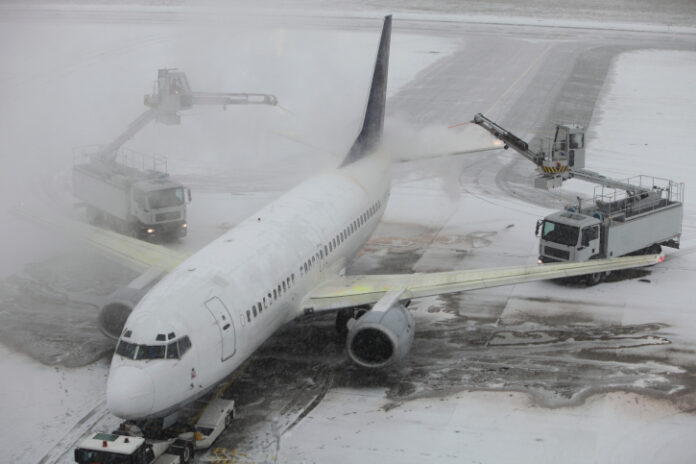Will Congress address U.S. Air Traffic Control problems, as the Federal Aviation Administration falls behind other countries? (Opinion)
By Marc Scribner
On March 29, I testified before the U.S. Senate Committee on Commerce, Science, and Transportation at a hearing on “Advancing Next Generation Aviation Technologies.” My full written testimony is available here. What follows is a summary adapted from my opening statement.
The United States was once the global leader in airspace management. However, in recent decades, we have fallen behind peer countries that have modernized their air traffic control practices and technologies.
FAA’s modernization program, known as NextGen, has been plagued by cost overruns and delays. While there are many problems facing FAA’s Air Traffic Organization, they can be grouped into three categories:
- Funding: It’s uncertain, unstable, and poorly suited to paying for large-scale capital modernization programs such as NextGen.
- Governance: We have a system with so many legislative and executive branch overseers that it focuses Air Traffic Organization management attention far more on overseers than on their aviation customers.
- Culture: The Air Traffic Organization has an organizational culture that is very risk-averse and status-quo oriented.
A decade ago, my Reason Foundation colleague Robert Poole conducted an in-depth study of FAA culture and innovation. He identified five detrimental aspects of organizational culture at FAA’s Air Traffic Organization, which were subsequently validated by a panel of more than a dozen expert peer reviewers. Unfortunately, little has changed since then. To improve the provision of air navigation services in the U.S., three fundamental structural reforms are needed:
First, the Air Traffic Organization should be organizationally separated from FAA. Second, funds that support the newly separated Air Traffic Organization should be raised by fees charged directly to users of the system. And third, a new and more responsive governance model for the separated Air Traffic Organization should be established.
These reforms would bring the U.S. into compliance with International Civil Aviation Organization best practices established more than two decades ago, reforms that have been adopted by air navigation service providers managing airspace in 83 countries.
More detail on the global air traffic control landscape can be found in my written testimony, but two areas deserve special attention: space-based ADS-B and remote/digital towers.
Global air traffic satellite surveillance known as space-based ADS-B is currently being provided by Aireon. Aireon’s service went live in March 2019 and is currently in use by numerous countries including Canada, Denmark, India, and the U.K. that collectively manage airspace covering nearly half of the Earth’s surface.
The benefits include shorter trip times, reduced fuel burn, and reduced CO2 emissions. In addition, near-real-time surveillance quickly identifies aircraft that might have deviated from their approved flight tracks, thereby increasing air safety.
In Nov. 2020, the FAA and Aireon announced an agreement under which the agency will use the company’s ADS-B data to analyze possible uses in managing both domestic and oceanic airspaces, but this partnership has yet to bear fruit.
With respect to remote/digital control towers, since the FAA first investigated this technology in 2007, projects have been deployed throughout the world. Remote/digital towers not only offer cost savings by foregoing the expensive traditional control towers, their sensors can provide better visibility—especially at night and in rain or fog with infrared cameras—as well as reduce controller workload.
The first remote tower became operational in Sweden in 2015 and was developed by Saab. A global database currently lists 20 operational remote/digital towers, 24 in development and testing, and another seven in research trials. The U.S. currently has no certified remote towers. Two projects in Leesburg, Virginia, and Loveland, Colorado, have shown promise but have faced major delays and uncertainty.
In February, Romania’s first remote tower went live using Saab technology. Weeks later, FAA announced it was shutting down the Leesburg project effective June 14. The lead vendor for that project, also Saab, had reportedly told FAA last year that it was pulling out of the project after nine years. This is likely because FAA has not provided a clear path to certification.
To conclude, the modernization of existing air traffic management infrastructure in the U.S. continues to fall behind peer countries. The prospect of new airspace entrants raises even more questions about the ability of the U.S. to accommodate the future of aviation.
Originally published by Reason Foundation. Republished with permission.
For more Budget & Tax News.











